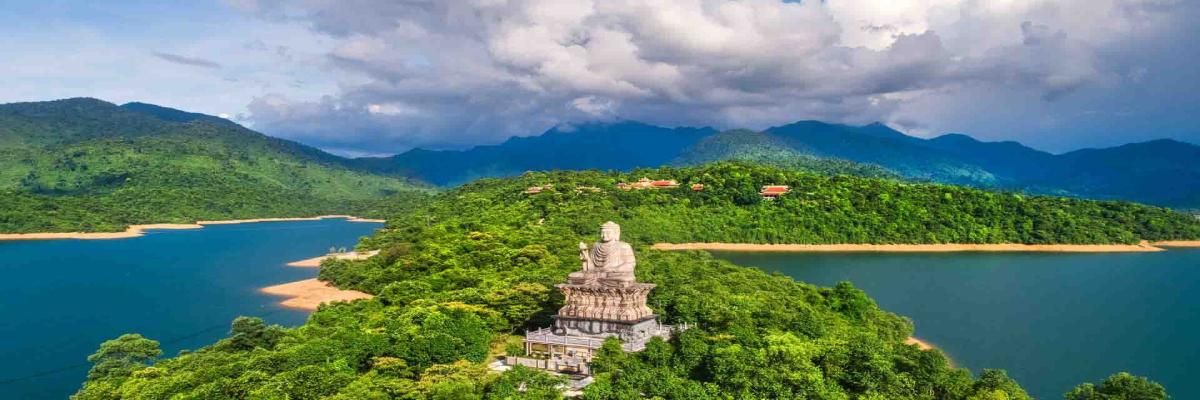Among the most notable wildlife sanctuaries are Phong Nha-Ke Bang National Park, Cuc Phuong National Park, and several other conservation areas offering sustainable tourism opportunities.
Phong Nha-Ke Bang National Park: A UNESCO Treasure
Located in Quang Binh Province, Phong Nha-Ke Bang National Park is a UNESCO World Heritage Site renowned for its spectacular cave systems and lush tropical forests. Covering an area of more than 123,000 hectares, the park is home to over 2,000 plant species and a vast array of wildlife, including endangered species such as the saola (often referred to as the “Asian unicorn”), langurs, and pangolins.
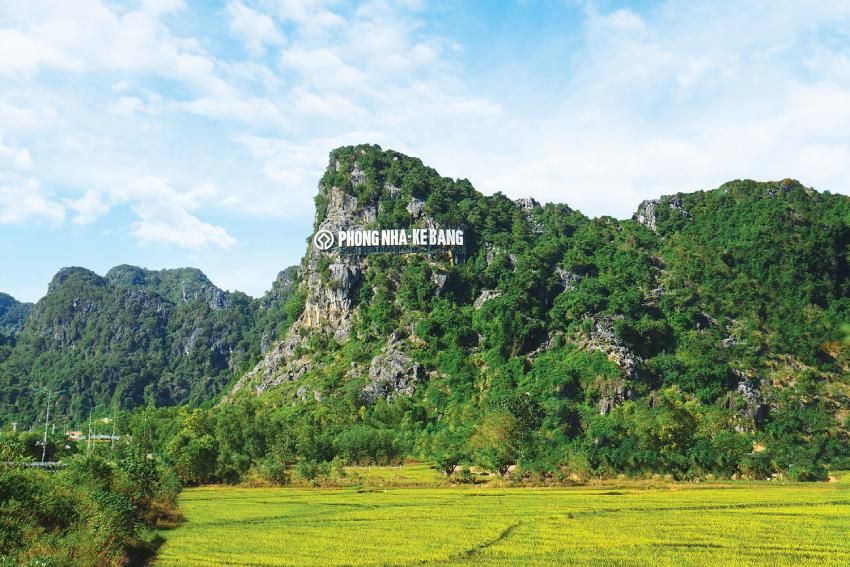
Exploring the Caves and Wildlife
Phong Nha-Ke Bang is famous for its massive limestone cave systems, including Son Doong Cave, the largest cave in the world. Visitors can take guided boat tours through Phong Nha Cave or explore Paradise Cave, known for its stunning stalactite formations. Beyond caving, the park offers trekking expeditions through dense jungles, allowing tourists to encounter rare primates, exotic birds, and other fascinating wildlife.
Cuc Phuong National Park: Vietnam’s First National Park
Established in 1962, Cuc Phuong National Park in Ninh Binh Province is Vietnam's oldest and one of the most important nature reserves. Spanning over 22,000 hectares, it is a haven for biodiversity, with ancient trees, unique cave systems, and a thriving ecosystem supporting hundreds of species.
Wildlife Conservation and Education
The park is home to the critically endangered Delacour’s langur, a rare primate found only in Vietnam. Tourists can visit the Endangered Primate Rescue Center, where conservationists rehabilitate rescued animals before releasing them back into the wild. Another must-see attraction is the Turtle Conservation Center, which focuses on protecting Vietnam’s endangered freshwater turtles.
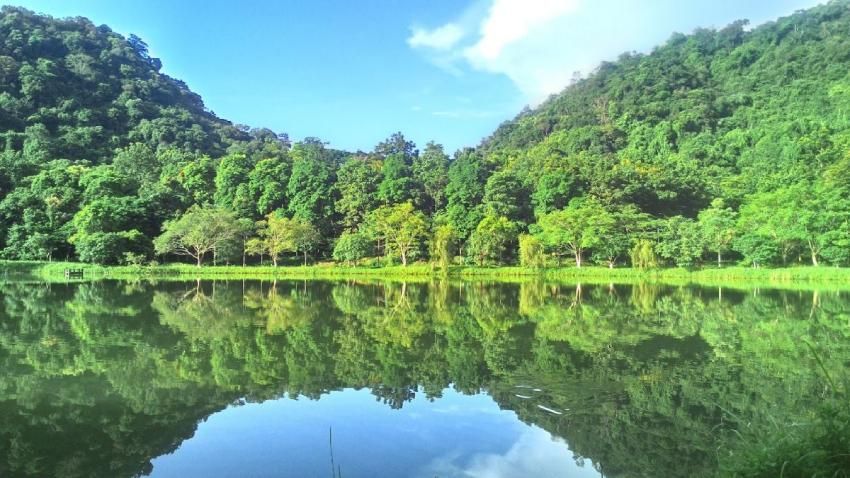
Hiking and Adventure Activities
For adventure seekers, Cuc Phuong offers scenic trekking trails through centuries-old forests, where visitors can see massive thousand-year-old trees and explore mysterious caves such as Nguoi Xua Cave, an archaeological site with evidence of prehistoric human habitation. During April and May, the park is particularly magical as thousands of butterflies fill the air, creating an unforgettable sight for visitors.
Other Notable Sanctuaries and Ecotourism Destinations
In addition to Phong Nha-Ke Bang and Cuc Phuong, Vietnam has several other national parks and wildlife sanctuaries that offer eco-friendly tourism experiences.
Cat Tien National Park
Located in southern Vietnam, Cat Tien National Park is home to a significant population of endangered species, including Indochinese tigers, gaurs (wild cattle), and black-shanked douc langurs. Visitors can enjoy night safaris, guided jungle treks, and boat tours along the Dong Nai River to observe wildlife in their natural habitats.

Yok Don National Park
As Vietnam’s largest national park, Yok Don in Dak Lak Province is unique for its dry deciduous forests and elephant conservation efforts. Tourists can take ethical elephant-watching tours, where they observe these majestic creatures in their natural surroundings without riding or harming them.
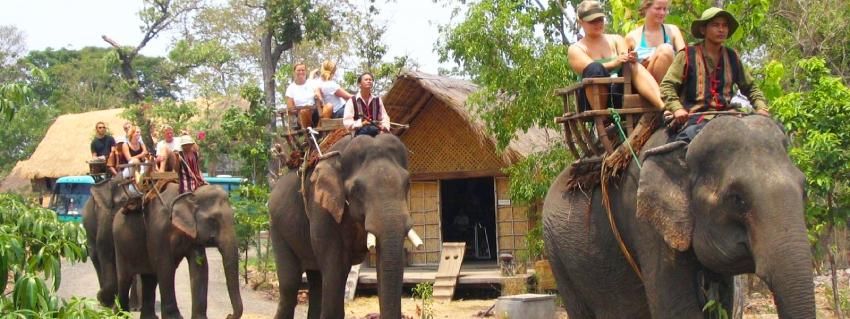
Pu Mat National Park
Situated in the Annamite Mountains, Pu Mat National Park is a lesser-known but equally impressive wildlife sanctuary. The park is known for housing the largest population of wild Asian elephants in Vietnam, along with rare bird species. Kayaking along the Giang River offers a serene way to explore the region’s pristine landscapes.
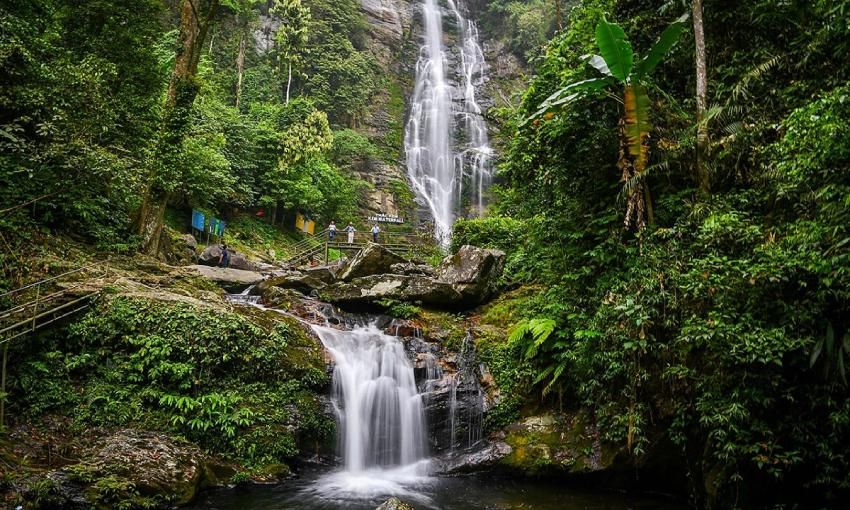
The Rise of Ecotourism in Vietnam
As ecotourism gains popularity, Vietnam’s wildlife sanctuaries are becoming essential destinations for travelers seeking ethical and sustainable travel experiences. Tour operators are increasingly offering eco-friendly tours that support conservation projects and local communities.
Sustainable Tourism Practices
Many national parks now implement strict visitor guidelines to protect the fragile ecosystems. Travelers are encouraged to avoid single-use plastics, respect wildlife, and participate in community-based tourism programs, which help support indigenous people living near these conservation areas.

How Tourists Can Contribute
By visiting Vietnam’s national parks and wildlife sanctuaries, tourists contribute to ongoing conservation efforts, ensuring that future generations can continue to admire the country’s incredible biodiversity. Choosing responsible tour operators and supporting eco-friendly accommodations further helps in minimizing environmental impact.
Vietnam’s diverse and pristine wildlife sanctuaries stand as a testament to the nation’s commitment to conservation and sustainable tourism. Whether exploring ancient forests, witnessing rare wildlife, or engaging in eco-friendly activities, visitors can immerse themselves in Vietnam’s natural wonders while making a positive impact on the environment. For nature lovers and adventure seekers alike, these parks offer a rare opportunity to connect with the wild while supporting efforts to protect endangered species and ecosystems.



